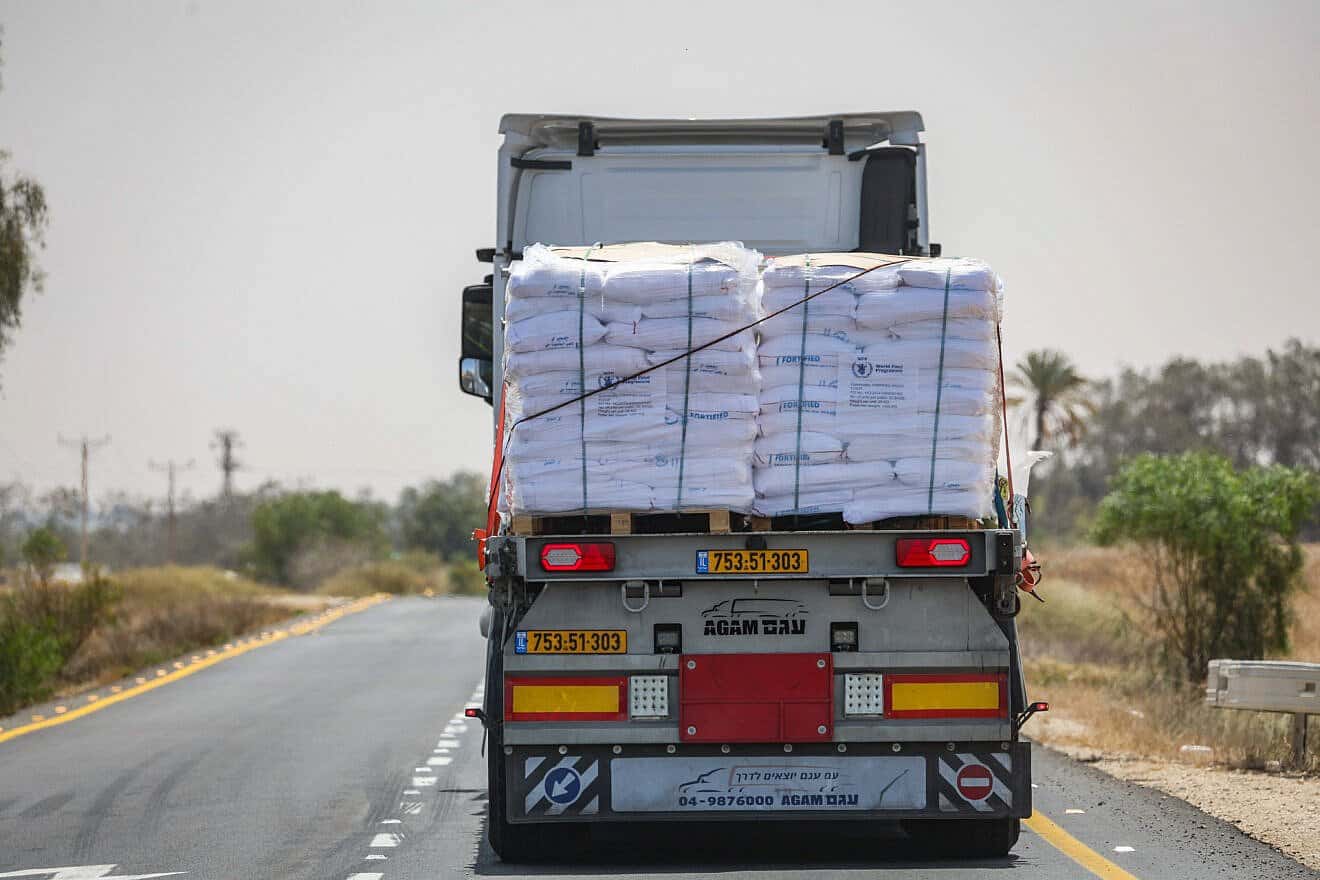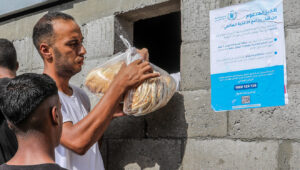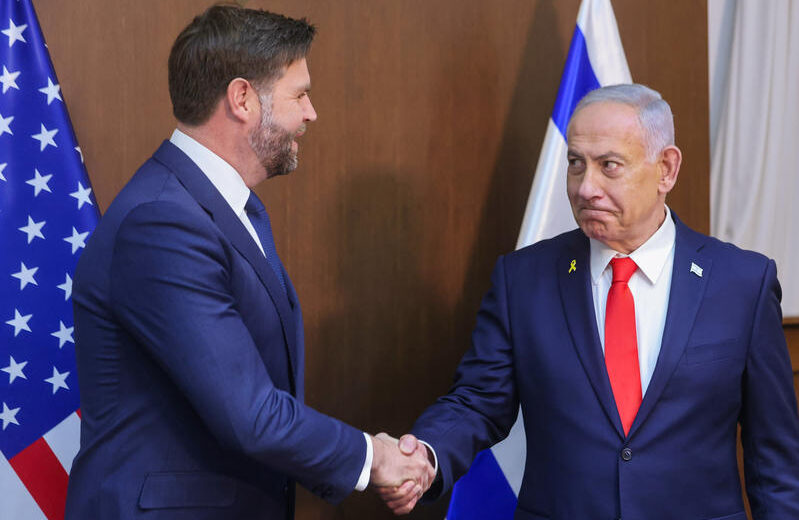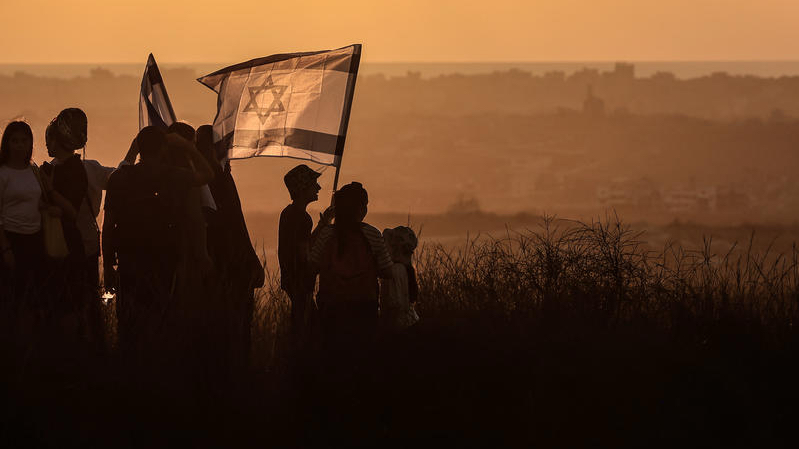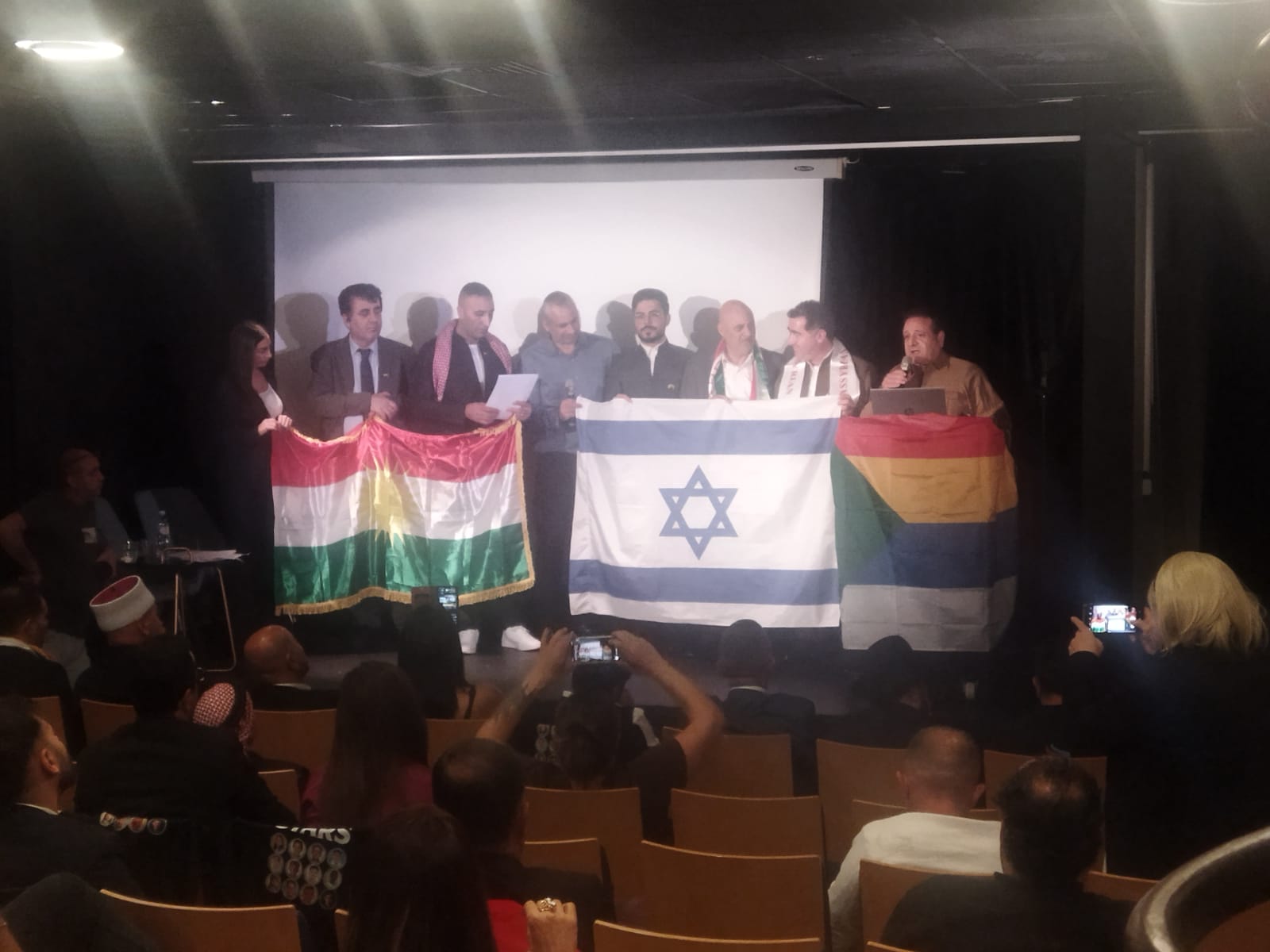(JNS) Buried on the last page of The Wall Street Journal on July 25 was a column that brutally exposes the false narratives surrounding the situation in Gaza. This piece was not written by a Jewish, pro-Israel activist, academic or politician. It was written by Yasser Abu Shabab, the leader of an anti-Hamas militia inside Gaza called the Popular Forces, alternatively known as “Anti-Terror Service,” which is fighting to wrest control away from Hamas.
In his column, “Gazans are finished with Hamas,” he shared that the Popular Forces currently control eastern Rafah in southern Gaza.
For the past seven weeks under their rule, he writes, “people have access to shelter, food, water and basic medical supplies—all without fear of Hamas stealing aid or being caught in the crossfire with the Israeli military.” He adds that in eastern Rafah, there are “no more airstrike casualties, no chaotic aid lines, no evacuation orders and no fear of booby-trapped homes or children being used as human shields by Hamas.”
Abu Shabab argues that eastern Rafah should be the rule rather than the exception for Gaza. His group, he puts forth, could help lead a future Palestinian administration, free from Hamas control. He acknowledges that Hamas still dominates Gaza. And that it maintains ties with international institutions like the UN Relief and Works Agency for Palestine Refugees (UNRWA), and controls much of the access to humanitarian aid, which Abu Shabab confirms that Hamas continues to steal for its operatives.
Whether the Popular Forces offer a viable long-term alternative is a separate question. But Abu Shabab’s column dismantles the central claims made by many in the international community who have portrayed Israel as the primary actor responsible for the suffering in Gaza. His words make clear what many refuse to acknowledge: the core problem is Hamas.
So, let’s ask the longtime journalists and media commentators like Piers Morgan and Christiane Amanpour, why is there no hunger in eastern Rafah? Why are there no civilian casualties? Why do the people living there have access to shelter, food, water and basic medical supplies?
The answer is simple: Hamas is not currently operating there. No Hamas means no suffering.
If Hamas were removed from the Gaza equation, then humanitarian aid would flow freely, civilians would be protected, and the war would be at least one step closer to ending.
If the international community and media reported on the war objectively, they would say that the suffering in Gaza today is primarily the result of Hamas withholding aid from its people and attacking those who seek to provide direct aid. They would also acknowledge that no other country in the world has agreed to take even one Gazan as a refugee from the war-torn Strip. Yet that is not the narrative being told.
In the meantime, Hamas continues to hold 20 presumed living Israeli hostages—men who are actually starving in Gaza’s tunnels—in addition to the bodies of 30 Israeli souls who were killed in captivity, all of whom are being kept as cruel bargaining chips.
When The New York Times publishes another Hamas propaganda piece, or Western countries like France, Britain and Canada “recognize a Palestinian state,” Hamas is further disincentivized to put down its weapons and let the hostages go. But that’s exactly what should be the goal of the international community.
If people want to end the suffering in Gaza, they need to start by telling the truth.
Abu Shabab’s comments in The Wall Street Journal should have sparked an outcry of questions challenging the status quo narrative. The fact that the article went mostly unnoticed only confirms that many people are not concerned with the truth, but with specific narratives and social agendas.
Therefore, sharing the truth is what the rest of us must engage in, whether or not it is easy. As George Washington said: “Truth will ultimately prevail where pains is taken to bring it to light.”
Want more news from Israel?
Click Here to sign up for our FREE daily email updates


